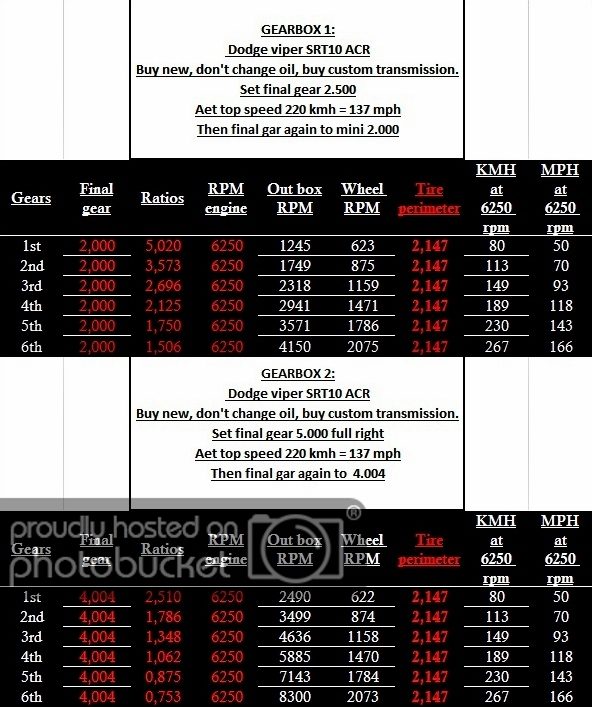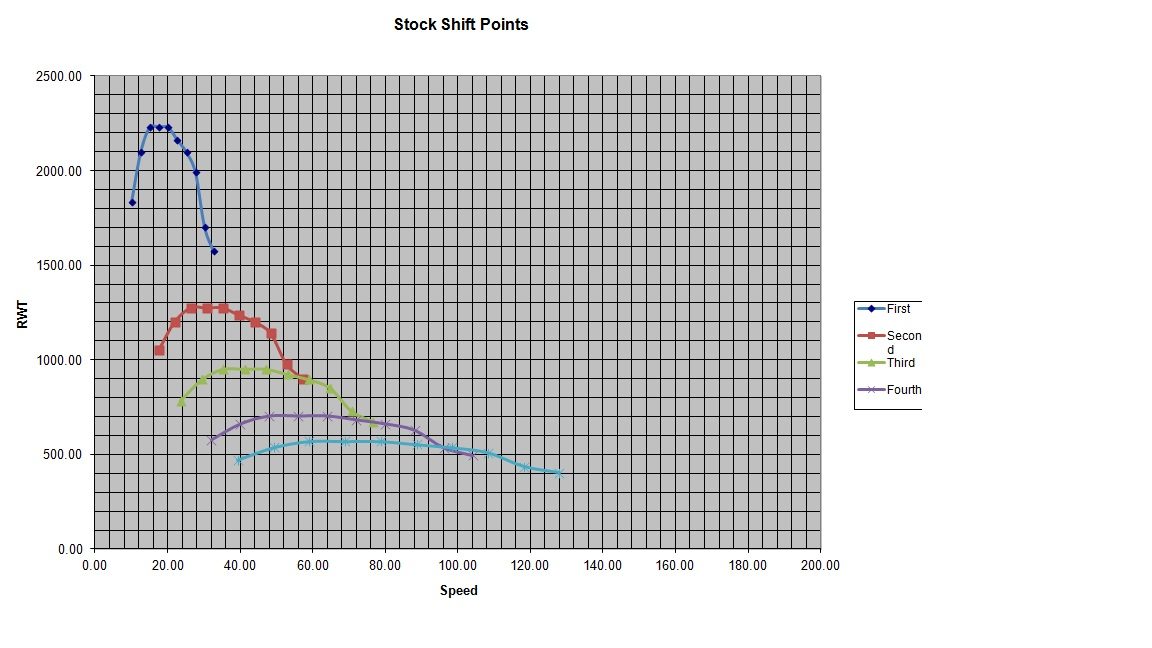- 11,207

- Adrian, Mich.
- cargorat323
- CargoRatt
Ok, I have some really dumb questions here as I'm still trying to make sense of all this trans stuff. Using the below example, when is it best to shift, at max power or at max torque and is it the same answer for all cars. Question 2. what is the powerband in the example.
Example: ZONDA C12 S 7.3 / max power 676hp/6500rpm // max torque 622/4600rpm
Example: ZONDA C12 S 7.3 / max power 676hp/6500rpm // max torque 622/4600rpm

 I guess you are going to have to simplify it more for me because I'm just not understanding it totally.
I guess you are going to have to simplify it more for me because I'm just not understanding it totally.




